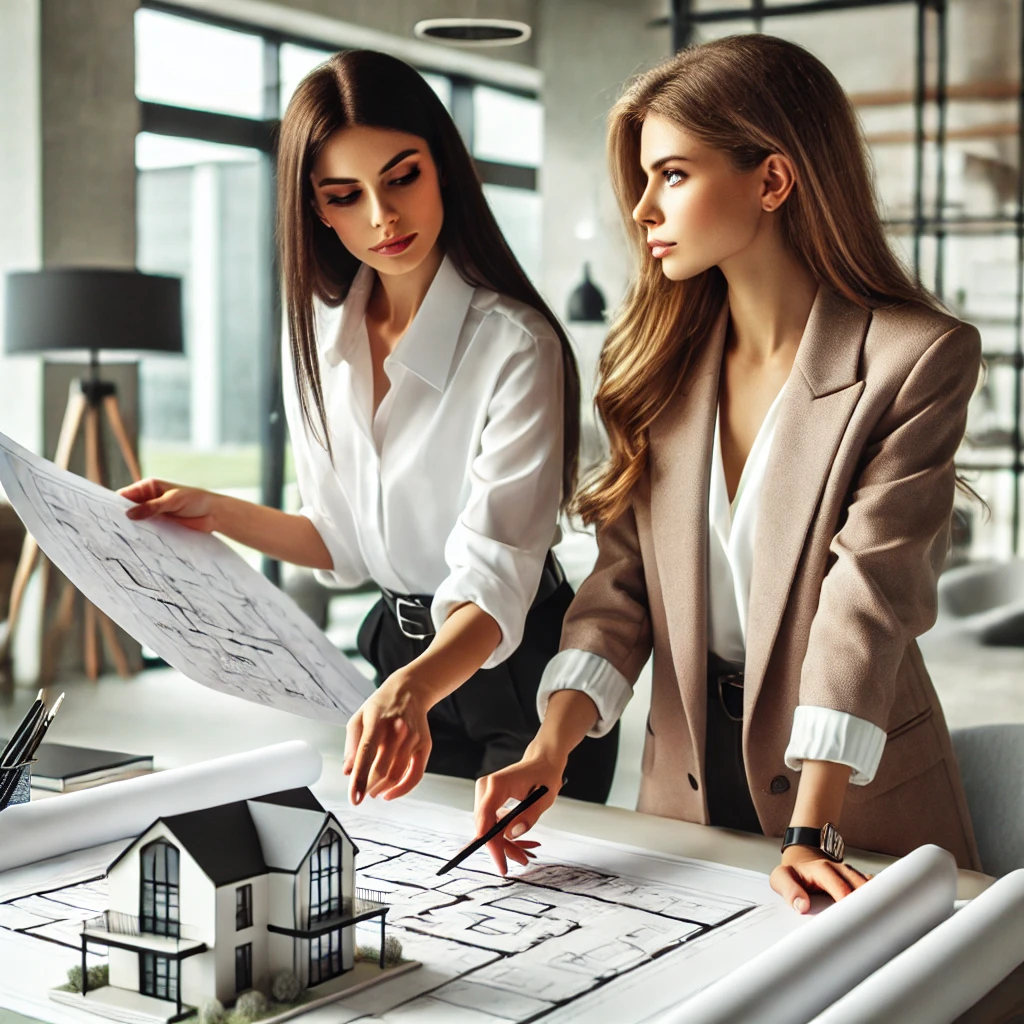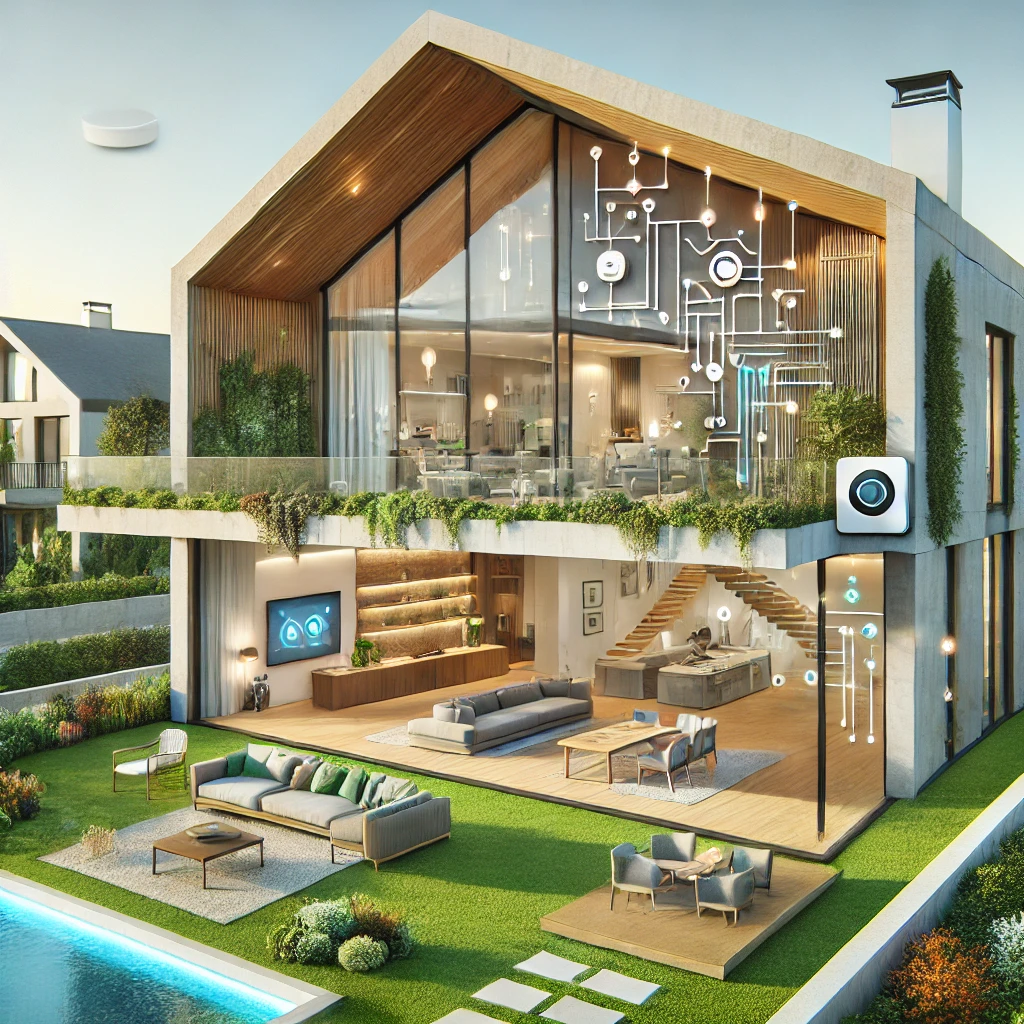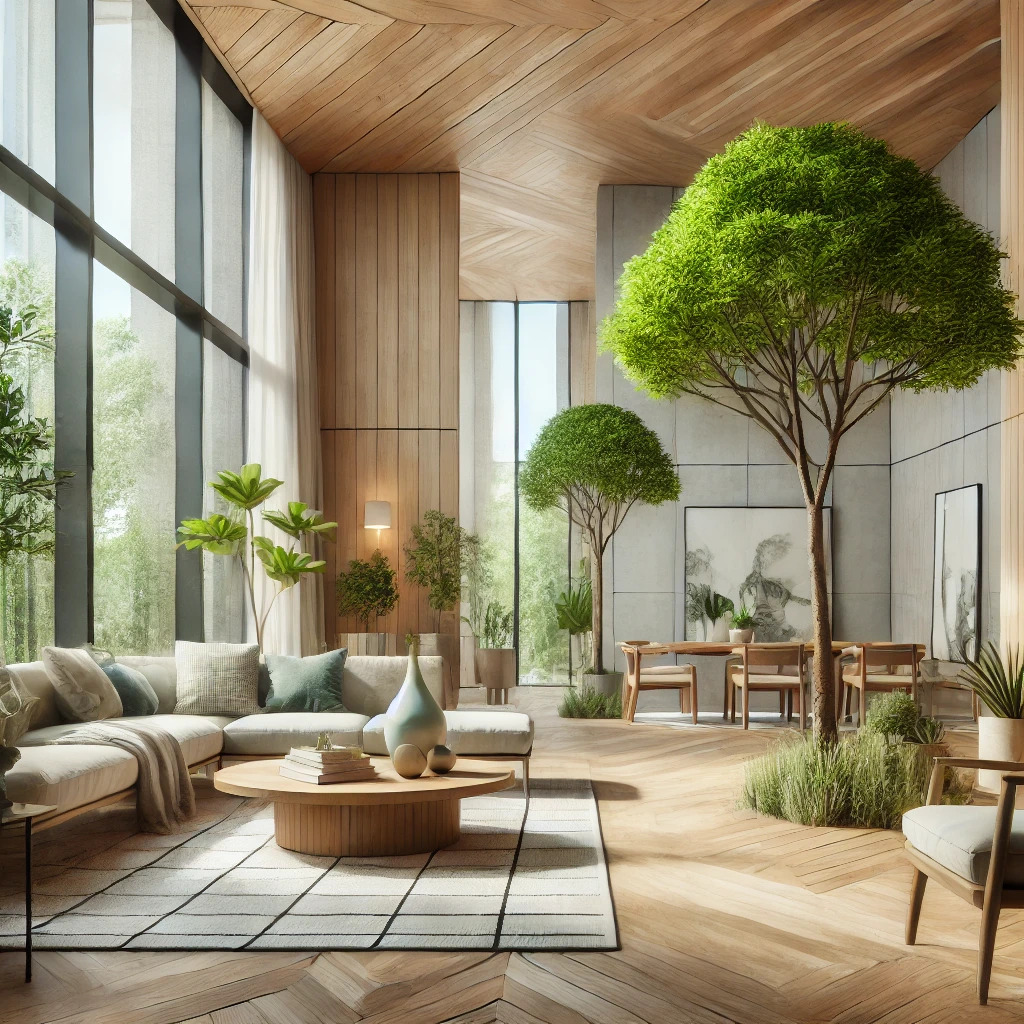In search of comfort, aesthetics and functionality, many homeowners decide to turn to the redesign of their private homes. This article will delve into the motives behind the desire for change,
will present the basic principles of interior design for private homes,
He will discuss the combination of new technologies and creative approaches,
and will examine the effect of this planning on the perception of space and light.
The goal is to provide a comprehensive guide that will help create an innovative space,
which enriches the daily life experience in the private home .
What drives the desire to remodel homes?
The motivation to redesign houses stems from a variety of factors,
which affect how we perceive and communicate with our place of residence. First, the desire to update the aesthetics of the house,
Brings people to look for new ideas that will refresh the look and feel of their homes. This is reflected in changes in style,
In the color palette or in the general atmosphere of the house, as personal tastes develop and design trends change.
Also, it is very important to improve the functionality of the house. As the family grows,
Lifestyle changes or work arrangements change,
Many find it necessary to readjust the space for activities and the daily routine.
Any change in life circumstances can be a reason for redesigning,
Whether it’s taking in a new family member, adapting the house to work from home or creating a more efficient layout. In the end,
The desire to redesign with the intention of creating a space that not only reflects our individuality and preferences,
but also nurtures our well-being and improves our quality of life.
For a consultation call at no cost and without obligation call now or leave details in the box
The ABCs of Interior Design: What Every Homeowner Should Know?
When planning private homes, it is important to understand the basic principles of interior design,
To ensure a harmonious and functional living space. One of the essential aspects to pay attention to is balance,
which refers to the equal distribution of visual weight throughout the room to create a sense of balance.
This can be achieved through a measured arrangement of furniture and decorative elements to avoid a feeling of clutter.
Another principle is harmony, which requires coordination between different design elements to create a unified and cohesive aesthetic. Homeowners can achieve this by choosing colors, patterns and textures that complement each other,
Which creates a harmonious flow throughout the house. In addition, it is important to maintain correct proportions –
Adjusting the size of the furniture items and design accessories to the dimensions of the room ensures an aesthetic and balanced appearance.
Also the use of rhythm in design, i.e. the repetition of design elements such as colors and shapes,
Creates a sense of continuity and flow, which increases interest and movement in the space.
Combining this knowledge in planning a private house can ensure not only aesthetic beauty but also maximum functionality,
Which significantly improves the quality of life at home.
A smart home interface on a digital tablet, symbolizing the integration of technology in home design
How does technology affect home design?
Theodore Levitt once said: ‘Creativity is thinking of new things. Innovation is doing new things.’ In today’s advanced technological era, the meeting between creativity and innovation makes a revolution in the field of private home design. Smart home systems offer extraordinary convenience and efficiency, and virtual reality tools allow homeowners to imagine their home before construction begins. This advancement in technology makes it possible to combine sustainable materials and energy-saving solutions, which make it possible to create environmentally friendly living spaces that reduce the environmental footprint.
The rise of 3D printing technology opens up many possibilities for personalizing furniture and design accessories, providing homeowners with the opportunity to add personal touches that reflect their individual style preferences. Virtual design platforms and apps now offer accessible tools to experiment with different layouts, colors and finishes, allowing homeowners to make informed decisions about their design choices. Incorporating the part of technology in the design of the house not only improves the aesthetic appeal of the spaces but also increases the functionality and comfort, and ultimately adapts houses to innovative and dynamic environments that suit the needs of modern life.”
For a consultation call at no cost and without obligation call now or leave details in the box
How does design affect our perception of space and light?
The effect of design on our perception of space and light is significant. A well thought out design plan can make a room feel spacious, inviting and full of natural light, even in the absence of physical changes in the space. Smart use of color palettes, strategic placement of windows and a combination of reflective surfaces can all contribute to creating the illusion of openness and brightness inside the home. In addition, choosing furniture that complements the scale and flow of the room can enhance the feeling of spaciousness and allow light to penetrate more freely, creating a harmonious and pleasant atmosphere.
In conclusion, designing private homes is about much more than just aesthetics. It combines creating a space that suits the home owner’s tastes and lifestyle, while incorporating innovative technologies to improve functionality. Successful design significantly affects the perception of space and light, and leads to an improvement in the quality of life. Therefore, it is important to know the principles of home design and stay up to date with the latest design technologies, this is the key to turning your home into a haven of comfort and style.





